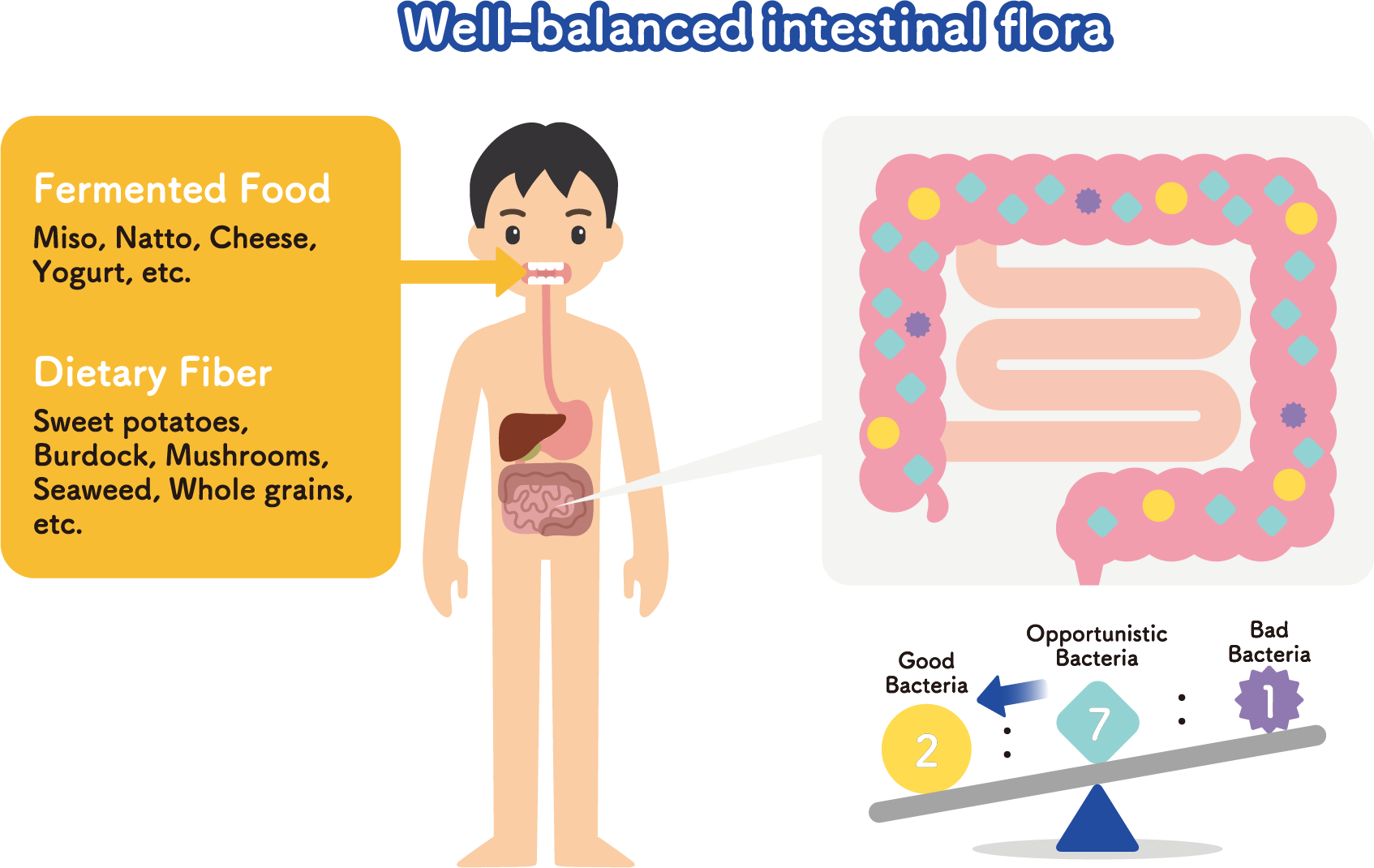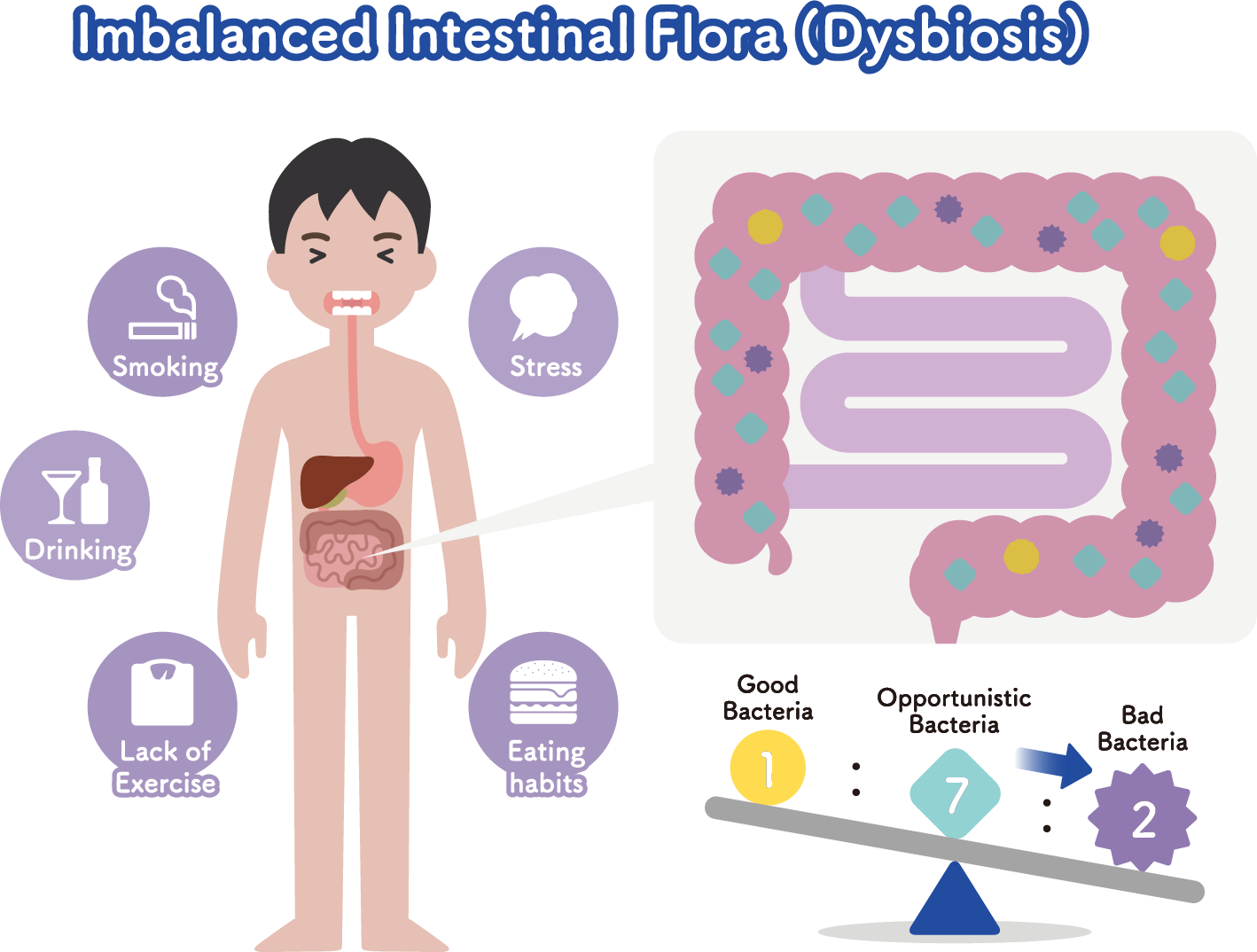Products
Rice Kefiran
With the rise in health consciousness, various types of fermented foods have been attracting attention. Kefir is one of them and is a traditional fermented milk product that was once a closely guarded secret in the Caucasus region spanning Eastern Europe and Western Asia.
Daiwa recognized the potential of kefir as a health food and initiated research and development. After eight years of dedicated effort, we successfully established a unique technology to cultivate kefir-derived lactobacillus independently. Notably, the most remarkable aspect of this innovation is that it utilizes rice, the staple food of Japanese people, as a nutritional source instead of milk. This breakthrough led to the creation of Rice Kefiran, a lactobacillus culture medium grown on rice.
Development Background
The fermented milk, kefir, contains biogenic elements that directly affect our metabolism and tissues, with other components that indirectly enhance biological functions by acting on intestinal bacteria. . Key biogenic components include Kefiran (a viscous polysaccharide) and lactic acid. Other components include lactobacilli, their cell components, and bacteriocin, a type of antibacterial substance produced by lactobacilli. Kefir is an amazing food that has been reported to improve the intestinal environment and liver function, prevent arteriosclerosis, and strengthen immune function. These health benefits of kefir are thought to be derived from its functional components. However, kefir's wider adoption in Japan and other regions faces some several changes: (1) kefir contains alcohol, (2) it produces carbon dioxide during storage, and (3) its flavor may not appeal to everyone. By developing a new functional food ingredient developed from kefir with improved flavor and enhanced functional components, we believed that it could become widely accepted in Japan and beyond. With this vision, the development of Rice Kefiran was advanced.
Development
The lactobacillus L. kefiranofaciens, which forms the kefir grains, is thought to play a major role in the functionality of kefir. L. kefiranofaciens has been isolated from kefir grains, and was named by Japanese researcher Dr. Tomotari Mitsuoka.
The viscous polysaccharide Kefiran is believed to be the main functional component of the health drink kefir, and L. kefiranofaciens produces Kefiran. This homofermentative lactobacillus produces lactic acid only, so no alcohol or carbon dioxide is created. Thus, by using only L. kefiranofaciens for lactic acid fermentation, the problems with kefir were resolved, and its functionality is enhanced. Large-scale culturing of this bacterium is difficult and had been unsuccessful in the past, but with the assistance of Ministry of Agriculture, Forestry and Fisheries, Daiwa has developed a method of culturing the bacterium using rice as a source of nutrients by means of innovative technology that produces stable Rice Kefiran.
“Rice Kefiran”, rice grown Lactobacillus and its products
Rice Kefiran is produced by cultivating Lactobacillus kefiranofaciens, which lives in the kefir, in a rice medium. This innovative approach has led to a health food ingredient that is free of fat and other ingredients from milk.
Also we are particular about the ingredients we use in our products. For Rice Kefiran, we use branded organic rice of Japan since it is the most important ingredient for us in achieving uncompromisingly high quality.


We place great importance on rice
In developing Rice Kefiran, we have chosen the combination of rice and fermentation as a key concept out of respect for traditional Japanese food culture. As typified by Aspergillus oryzae, Japan has a variety of local fermented foods which has taken root in each region of Japan. The rich variety of fermented foods have formed the history and culture linked to the climate and customs in each region. Rice, Japanese staple food for centuries, is a superfood rich in not only carbohydrates but also vitamins, minerals, and dietary fiber.
Rice Kefiran is such a healthy food that draws out the power of rice through lactic acid fermentation.
Importance of intestinal environment
The intestine is a very important organ responsible for digestion, absorption, and elimination of nutrients from daily food. It is divided into the small and large intestines, and substances absorbed from the intestines are transported throughout the body via the bloodstream. In these days the intestine is called the second brain, and it is known that the intestines can influence the nervous and immune systems independently. Furthermore, it is said that the number of intestinal bacteria in the intestines exceeds the total number of cells in human body. Our body and intestinal bacteria share a symbiotic relationship. Some substances, such as dietary fiber, which cannot be digested by the digestive enzymes we secrete and were thought to be simply excreted after eating, serve as food for intestinal bacteria, and the various bioactive substances produced by the bacteria influence our metabolic system. The intestinal environment plays a crucial role in health and longevity. It is important to maintain a healthy intestinal environment through daily efforts.


